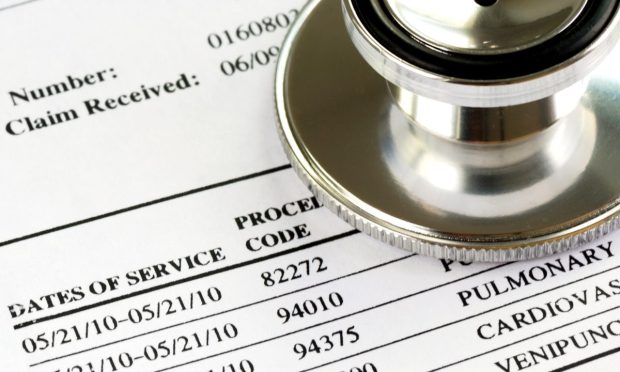Medical Payments and Collections Draw Fire Amid Rising Healthcare Costs

Rising healthcare prices and often aggressive collections attempts are making news as the nation’s medical debt problem mounts, spurring public and private sector responses.
The U.S. Census Bureau reported last year that “19% of U.S. households could not afford to pay for medical care upfront or when they received care,” and while those figures are pre-pandemic, a widely circulated 2020 study by the Journal of the American Medical Association (JAMA) estimated Americans are carrying roughly $140 billion in unpaid medical bills.
Reigniting the debate for 2022, Consumer Financial Protection Bureau (CFPB) Director Rohit Chopra called out the credit reporting system over medical debt Tuesday (March 1).
In a statement, Chopra said the CFPB “will be closely scrutinizing the Big Three credit reporting agencies to ensure that they are not being used as a tool to coerce and extort patients on medical bills they may not even owe. The law requires Equifax, Experian and TransUnion to follow reasonable procedures to assure maximum possible accuracy of the information they collect and disseminate about each of us.”
Chopra’s remarks accompanied a new CFPB report, Medical Debt Burden in the United States, which found “$88 billion in medical debt on consumer credit records as of June 2021.”
“The total amount of medical debt in collections in the U.S. is likely higher, since not all medical debts in collections are furnished to consumer reporting companies,” the report stated.
Read more: CFPB Says Americans Trapped in $88B Medical Billing ‘Doom Loop’
The Transparency Trap
Much of the criticism coming from the CFPB and other corners centers on cost transparency. Chopra said people undergo costly treatments without having any idea about costs, payments or the potential of collection actions afterward.
PYMNTS research into this problem gives context to the trend.
According to “The Payment Cure: How Improving Billing Experiences Impacts Patient Loyalty,” a PYMNTS report with research sponsored by CareCredit, “33% of patients were aware that they needed to see a healthcare professional or receive medical care but did not do so. The most frequently cited reason for this was that they were unable to pay for their care.”
As alternative credit in the form of buy now, pay later (BNPL) and other payment options take aim at the medical affordability gap and debt problem, it’s giving financially strapped consumers choice in managing healthcare costs.
“PYMNTS found that patients under financial pressure were the most interested in alternative payment methods,” the report stated. “More than 70% of those who have used payment plans or third-party financing options live paycheck to paycheck. This group also is more likely to be highly interested in using such plans.”
Get the study: How Improving Billing Experiences Impacts Patient Loyalty
Payments Innovation Interventions
As for the three major credit reporting agencies, there is rising awareness and action.
In an interview, Experian Health Senior Vice President Jason Considine told PYMNTS, “Healthcare is one of the only industries where we go get a service and don’t know what our cost is going to be until sometimes months after that service has been delivered.
“Healthcare’s been, like other things, slower to adopt data to help inform and make these financial decisions,” he said. “We’re starting to see progress in this area, but there’s still a lot of room to go. The adoption of data will help the healthcare industry move forward in this area.”
See also: Healthcare Payments Get Patient-Centered Overhaul in 2022
Healthcare credit cards and “care now, pay later” third-party financing options are bridging the access and affordability gaps with solutions designed to reduce the medical debt burden.
The Healthcare Payment Experience study conducted by PYMNTS and Rectangle Health showed that 63% of consumers have “an extraordinary interest in healthcare payment plans, but less than half were actually offered plans — even though nearly one in five patients said they experienced financial hardship from medical bills.”
CareCredit CEO Alberto Casellas told PYMNTS’ Karen Webster, “the patient really has become the new payer.”
“The shift to consumerism and the consumer becoming a larger payer of [medical bills] has definitely changed the way practices, providers and hospital systems are able to manage how they’re going to get paid for the services that they rendered.”
Read more: US Collection Agencies Trying to Recoup $140B in Consumer Medical Debt
